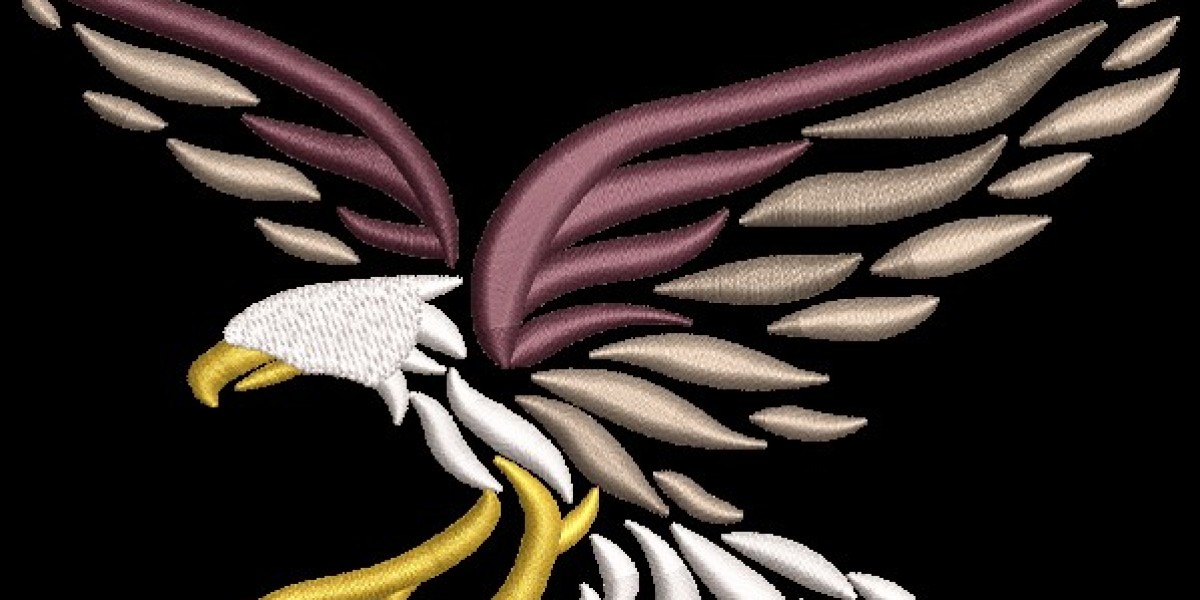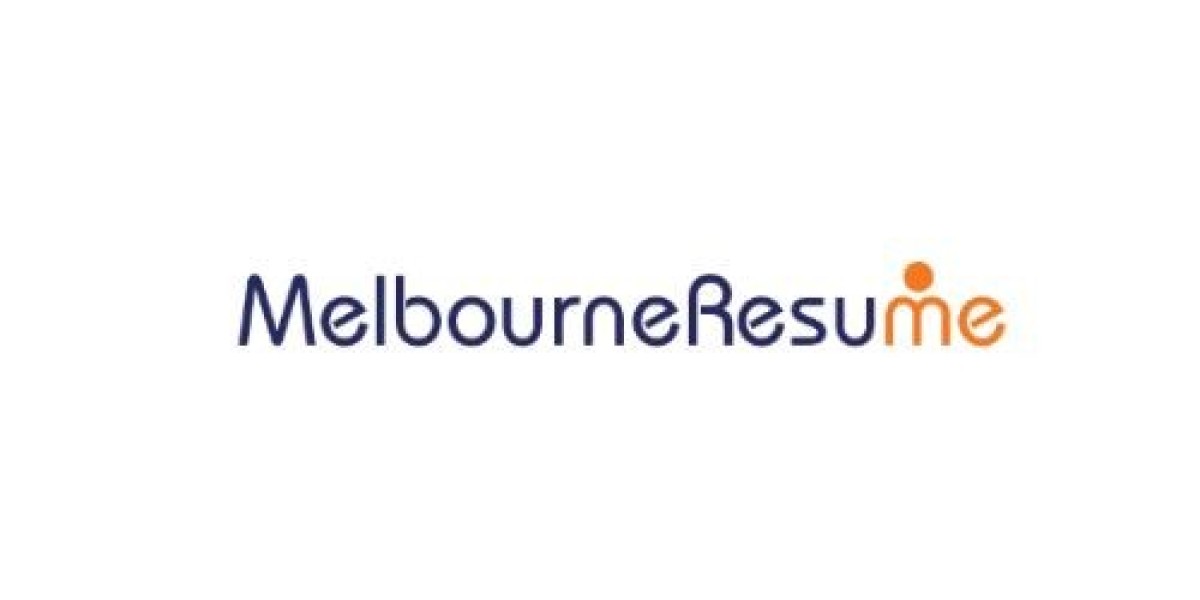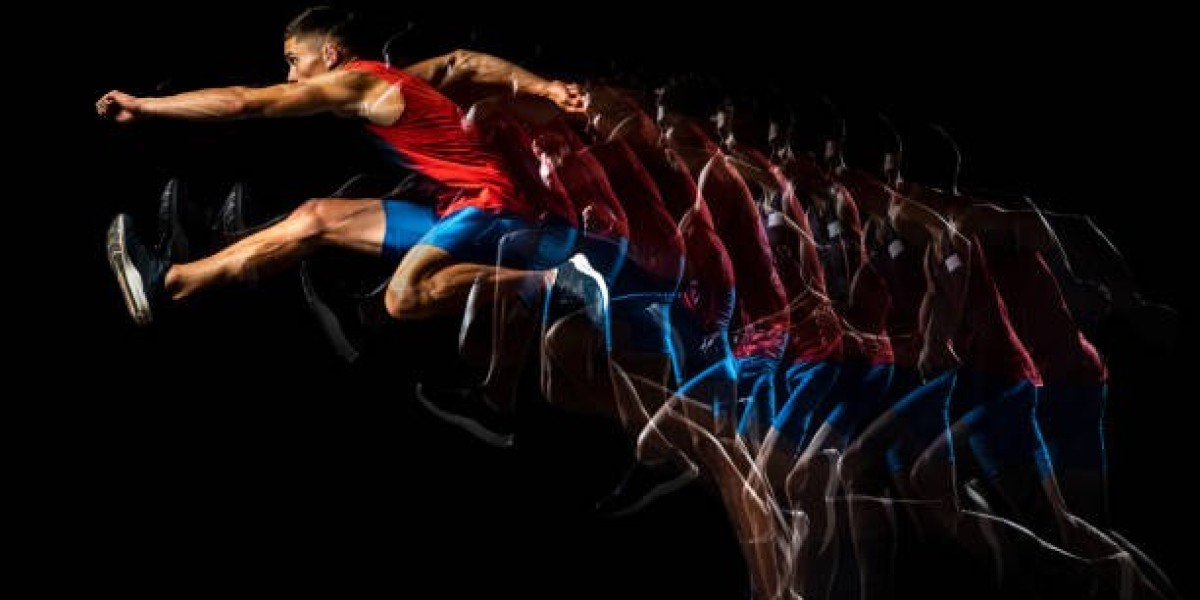Turning pictures into embroidery files opens up a world of creative possibilities for embroiderers. By digitizing images, you can transform photographs, artwork, or graphics into intricate stitched designs that can adorn various textiles. In this comprehensive guide, we'll explore the process of turning pictures into embroidery files, emphasizing the importance of using an embroidery file format converter.
Understanding the Process of Digitizing Pictures
What is Picture Digitization?
Picture digitization, also known as image digitization, is the process of converting visual images into digital embroidery files. These files contain instructions for embroidery machines to create stitches based on the original picture.
Importance of Picture Digitization
Picture digitization allows embroiderers to create customized designs that reflect their unique style and vision. Whether you're adding logos to garments, embellishing home decor items, or creating personalized gifts, digitizing pictures enables you to bring your creative ideas to life.
Steps to Turn Pictures into Embroidery Files
Step 1: Choose the Right Picture
Selecting High-Quality Images
Start with clear, high-resolution pictures to ensure that the details are captured accurately in the embroidery design. Clear, well-defined images result in better embroidery outcomes.
Simplifying the Picture
Complex pictures may not translate well into embroidery designs. Consider simplifying the picture by focusing on the main subject and eliminating unnecessary elements.
Step 2: Select the Right Software
Choosing Picture Digitizing Software
Select specialized picture digitizing software that supports image conversion features. Look for software with advanced editing tools and the ability to import various image file formats.
Step 3: Import the Picture into the Software
Loading the Picture
Open your chosen picture digitizing software and import the picture. Most software programs support common image file formats such as JPEG, PNG, and BMP.
Step 4: Digitize the Picture
Auto-Digitizing
Many picture digitizing software programs offer auto-digitizing features that automatically convert pictures into embroidery designs. While convenient, auto-digitizing may require manual adjustments to achieve the desired result.
Manual Digitizing
For more control over the conversion process, consider manual digitizing. This involves tracing the picture manually and assigning stitch types, colors, and densities to different parts of the design.
Step 5: Fine-Tune the Design
Adjusting Stitch Settings
Fine-tune stitch settings such as density, length, and direction to ensure optimal results. Experiment with different settings to achieve the desired texture and appearance.
Step 6: Convert the File Using an Embroidery File Format Converter
Choosing the Right Format
Select the appropriate embroidery file format for your embroidery machine. Common formats include DST, PES, and EXP.
Saving the File
Save the digitized picture as an embroidery file using an embroidery file format converter. Ensure that the file is compatible with your embroidery machine.
Step 7: Test the Design
Stitching a Sample
Before embroidering the design on your final fabric, stitch out a sample on a similar fabric to test the design's quality and appearance.
Making Adjustments
Review the stitched sample and make any necessary adjustments to the design or stitch settings. This ensures that the final embroidery meets your expectations.
Common Challenges in Turning Pictures into Embroidery Files
1. Detail Loss
Pictures with intricate details may lose clarity when converted into embroidery designs. Simplifying the picture and adjusting stitch settings can help preserve details.
2. Color Matching
Matching thread colors to the colors in the original picture can be challenging. Experiment with different thread shades to achieve the closest match possible.
3. Stitch Density
Improper stitch density can affect the final embroidery's appearance and texture. Adjusting stitch density settings based on the picture's complexity and fabric type is crucial.
Tips for Successful Picture Digitization
1. Start with High-Quality Pictures
Begin with clear, high-resolution pictures to ensure accurate embroidery conversion.
2. Experiment with Settings
Don't be afraid to experiment with different stitch settings and techniques to achieve the desired result.
3. Practice Patience
Turning pictures into embroidery files can be a time-consuming process. Practice patience and take your time to achieve the best possible outcome.
Conclusion
Turning pictures into embroidery files is a rewarding endeavor that allows embroiderers to express their creativity and imagination. By following the steps outlined in this guide and using specialized picture digitizing software, you can transform your favorite pictures into stunning embroidered designs. Whether you're a hobbyist or a professional embroiderer, mastering the art of picture digitization will enable you to create personalized, one-of-a-kind embroidery projects.
FAQs
1. Can any picture be converted into an embroidery file?
While most pictures can be converted, clear, high-resolution images with distinct subjects yield the best results.
2. Do I need specialized software to turn pictures into embroidery files?
Yes, specialized picture digitizing software is necessary for turning pictures into embroidery files, as it offers the tools and features required for the conversion process.
3. Can I adjust the colors of the embroidery design after turning a picture into an embroidery file?
Yes, most picture digitizing software allows you to adjust thread colors to match the original picture or achieve the desired aesthetic.
4. Are there limitations to the size of the picture that can be turned into an embroidery file?
Yes, larger pictures may require more processing power and memory, so there may be limitations depending on your computer's capabilities and the software you're using.
5. Can I turn pictures into embroidery files for commercial use?
Yes, you can convert image to embroidery file for commercial use, but be sure to respect copyright laws and obtain permission if necessary.








